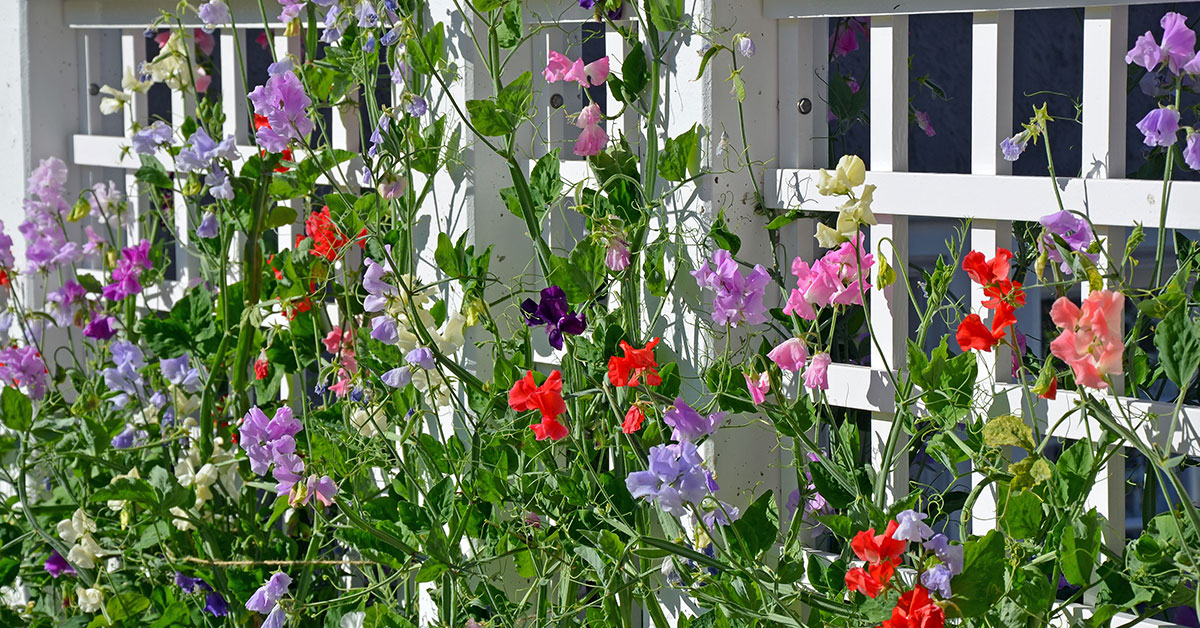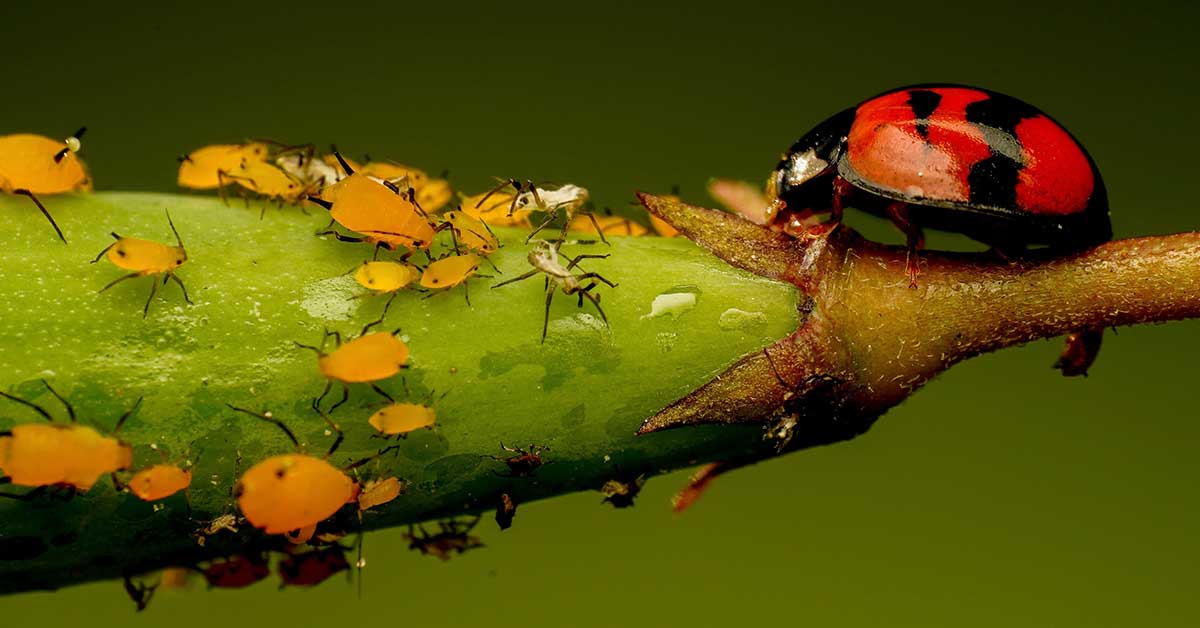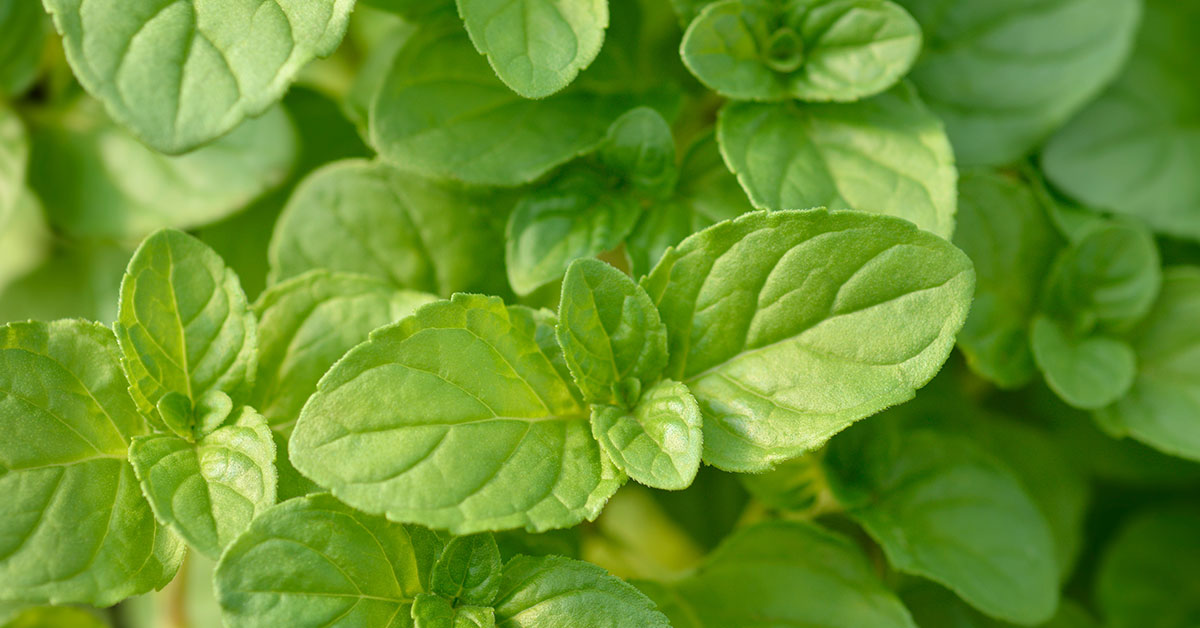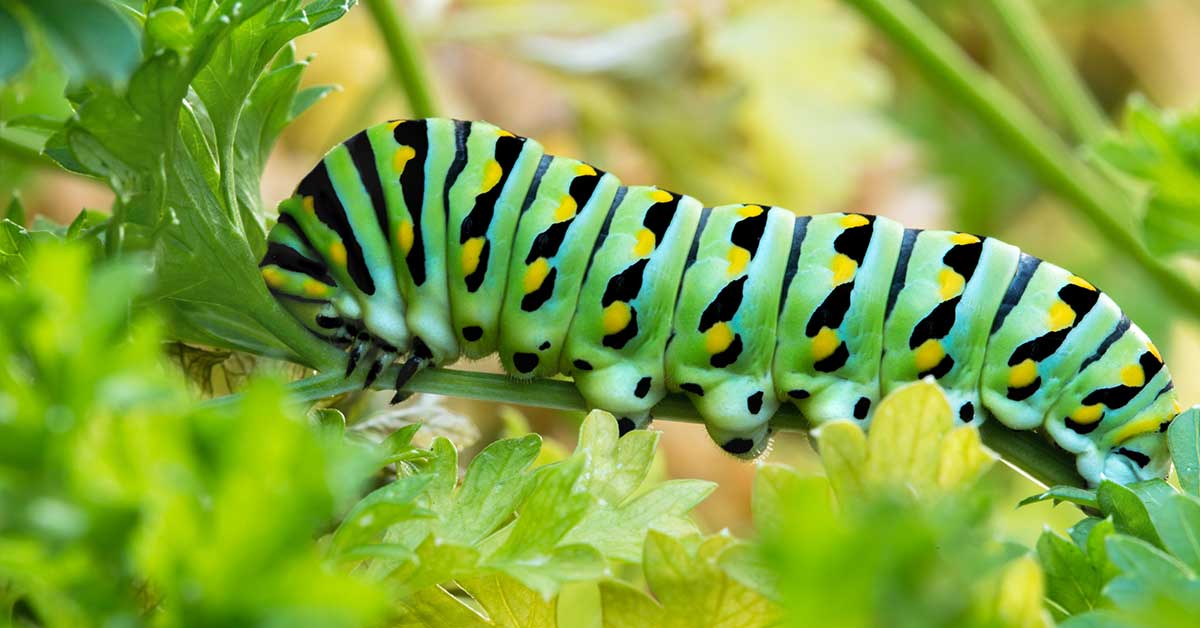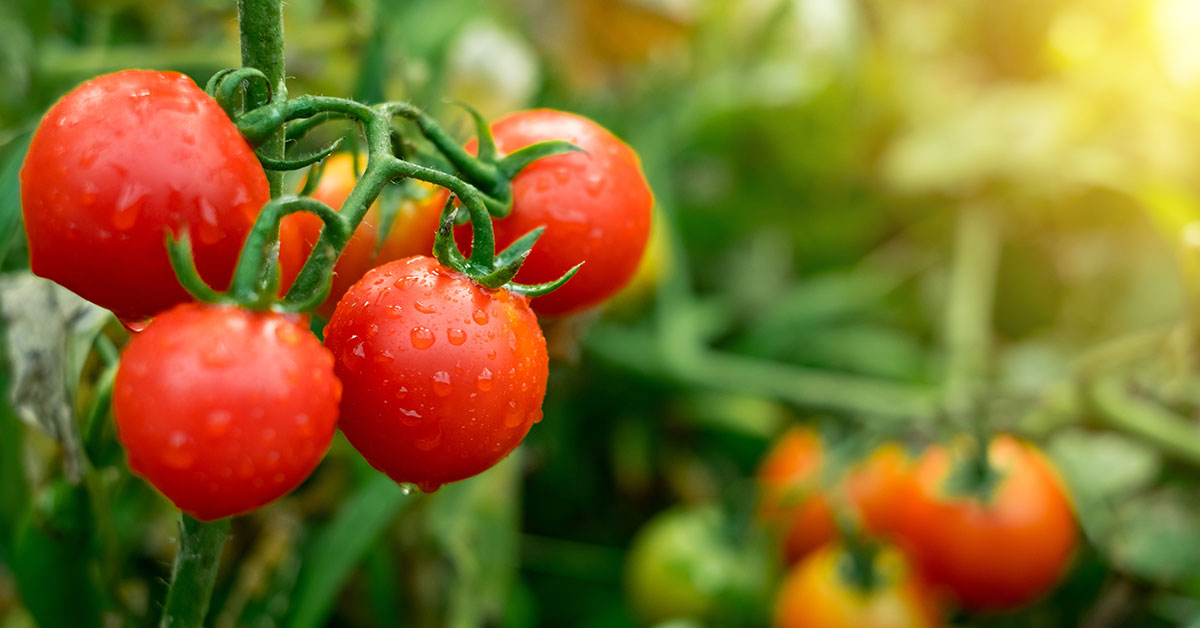Sweet peas are beloved for their delicate, fragrant blooms and vibrant colors, making them a popular choice among gardeners. To ensure these charming flowers thrive and reach their full potential, choosing the right fertilizer is essential. With a plethora of options available, it can be overwhelming to determine which fertilizer is best suited for sweet peas.
In this article, we will explore the various factors to consider when selecting a fertilizer, including the nutrient requirements of sweet peas, the different types of fertilizers available, and the specific needs of these delightful flowers. By the end, you will have a comprehensive understanding of the best fertilizer for sweet peas, enabling you to nourish your plants and enjoy a bountiful display of blossoms.
Do Sweet Peas need to be fertilized?
Sweet pea plants can benefit from fertilization for optimal growth. Fertilizers provide essential nutrients that may be lacking in the soil, promoting healthy foliage, abundant blooms, and overall plant vigor. However, it is important to choose the right type of fertilizer and apply it correctly to avoid over-fertilization, which can lead to excessive foliage growth at the expense of flowers. A balanced fertilizer with a ratio of nitrogen (N), phosphorus (P), and potassium (K) such as a 10-10-10 or 14-14-14 can be used.
It is recommended to apply the fertilizer before planting or during the early stages of growth, following the instructions on the packaging. Additionally, organic fertilizers like compost or well-rotted manure can be used to improve soil fertility and provide slow-release nutrients to the plants. Regular watering and proper sunlight exposure are also crucial for the healthy growth of sweet pea plants.
The best fertilizer for Sweet Peas
The best fertilizer for growing Sweet Peas is one that is high in phosphorus and potassium, with a moderate amount of nitrogen. Phosphorus promotes root development and flowering, while potassium enhances overall plant health and disease resistance. Nitrogen is important for leafy growth, but too much can result in excessive foliage at the expense of flowers.
A balanced fertilizer with an NPK ratio of 5-10-10 or 10-20-20 is ideal for Sweet Peas. This means it contains 5% or 10% nitrogen, 10% or 20% phosphorus, and 10% or 20% potassium, respectively. You can find such fertilizers at your local garden center or nursery.
It’s important to follow the instructions on the fertilizer packaging for application rates and frequency. Generally, you can apply the fertilizer at planting time and then every 4-6 weeks throughout the growing season. Be sure to water the plants well after applying the fertilizer to help it reach the root zone.
Additionally, organic options like compost or well-rotted manure can also be beneficial for Sweet Peas. These natural fertilizers provide a slow release of nutrients and improve soil structure, promoting healthy growth.
When to fertilize Sweet Peas
The ideal time to fertilize Sweet Peas plants is before planting them in the ground. Sweet Peas are heavy feeders and benefit from a nutrient-rich soil. Prior to planting, incorporate well-rotted organic matter, such as compost or aged manure, into the soil to provide a good foundation of nutrients. This will help promote healthy growth and abundant flowering throughout the growing season. Additionally, you can also apply a balanced slow-release fertilizer according to the package instructions to ensure a steady supply of nutrients over time.
Common issues with fertilizing Sweet Peas
When fertilizing Sweet Peas, there are a few common issues or problems that can arise:
- Over-fertilization: Applying too much fertilizer can lead to excessive vegetative growth at the expense of flower production. Sweet Peas prefer a balanced fertilizer with equal amounts of nitrogen (N), phosphorus (P), and potassium (K). Avoid using high-nitrogen fertilizers as they can promote excessive leafy growth.
- Under-fertilization: Insufficient nutrients can result in weak plants and poor flowering. Sweet Peas are heavy feeders and require regular fertilization throughout the growing season. Use a slow-release fertilizer or apply liquid fertilizer every two to three weeks to provide a steady supply of nutrients.
- Imbalanced nutrient levels: Sweet Peas require a balanced ratio of nutrients for optimal growth and flowering. If the soil lacks certain essential elements, it can lead to nutrient deficiencies. For example, a deficiency of phosphorus can result in weak root development and reduced flower production. Conduct a soil test to determine the nutrient levels and adjust the fertilizer accordingly.
- Improper timing: Timing is crucial when fertilizing Sweet Peas. It is best to apply fertilizer before planting or during the early stages of growth. Applying fertilizer too late in the season can stimulate excessive vegetative growth and delay flowering.
- Environmental factors: Environmental conditions can affect the effectiveness of fertilizers. Excessive rainfall or overwatering can leach away nutrients from the soil, requiring more frequent fertilization. On the other hand, drought conditions can hinder nutrient uptake by the plants. Adjust the fertilizer application based on the prevailing weather conditions.
To avoid these issues, it is essential to follow the recommended guidelines for fertilizing Sweet Peas and monitor the plants for any signs of nutrient deficiencies or excesses. Regularly inspect the foliage, flowers, and overall growth to ensure the plants are receiving adequate nutrition.
